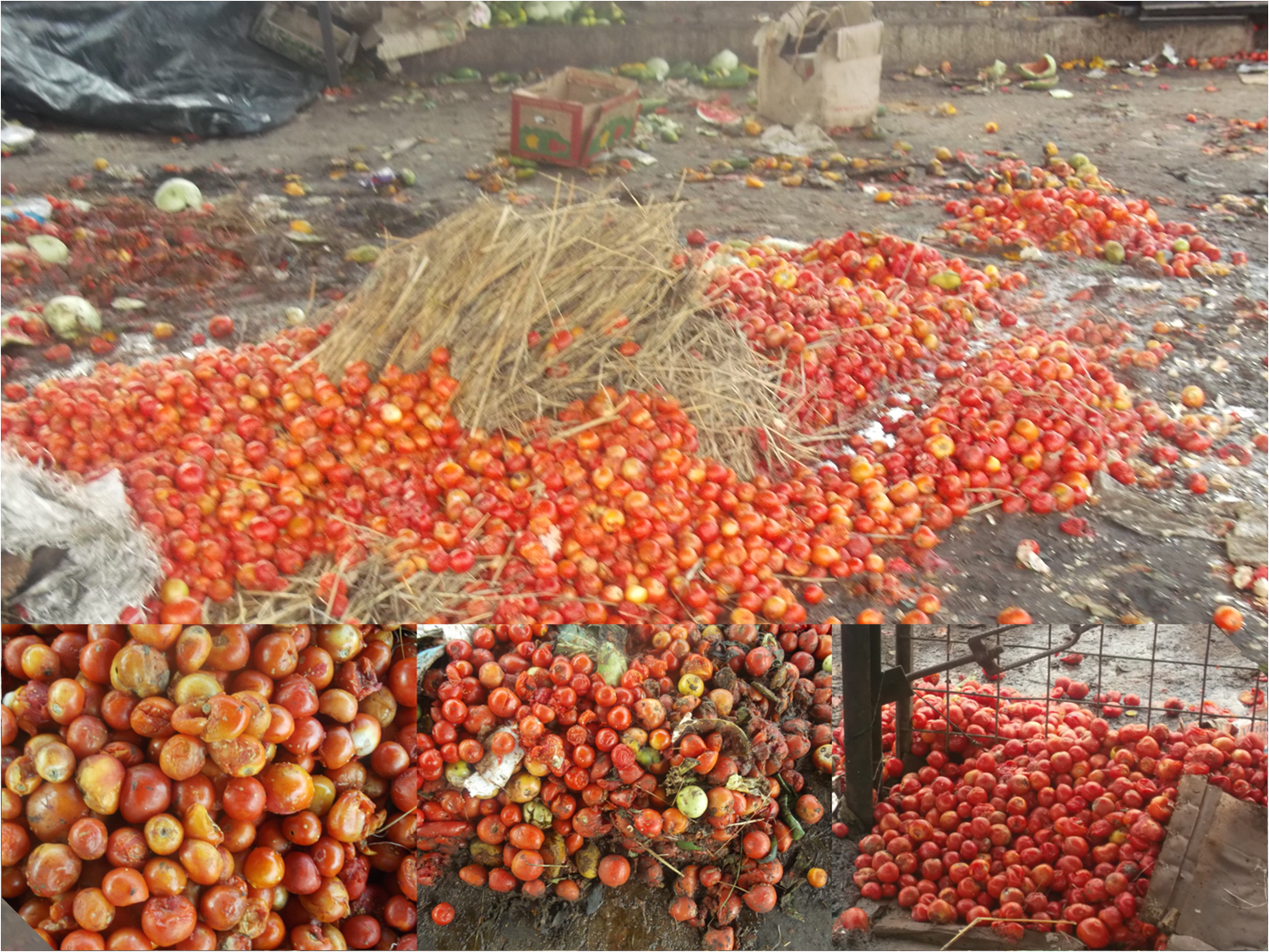Post-harvest losses sometimes account for 50% or even higher, especially on commodities like tomato or fresh produce. But even in grains, where you don’t expect post-harvest losses, up to 35% could be incurred, and it begins with poor production practices.
- Poor sanitation within the farm is enough to cause problems after harvest. Most of the post-harvest pests reside in transition within the farm, so if you don’t have good sanitation in your farm, the tendency is to move produce with the eggs or larva of insect pests, which will become a problem to you after harvest. You take it to your store, and poor sanitation in the store will give it the right, ambient, environment for it to grow. Once the atmosphere and environment are conducive, it comes out and then burrows into your grain, and before you know it after two months, you will bring out powder from the grains.
- Poor harvesting practices; you should harvest especially grains when the moisture content is between 11 and 13%. When you have moisture content higher than 15% in most cases, the grains will be soft and easily penetrated by insects or pests. So you find out that the high moisture content builds up in the environment, and you have high humidity within the environment either in the field or store. Two things: either insect pests or fungal pests will come in. Aflatoxin, which is a fungal disease, thrives when the moisture content is high and it is a killer. Aflatoxin is caused by a fungus called Aspergillus flavus, and many people sometimes don’t pay attention, and when you have just 2-3% of your grains infected by that, chances are you are going to have a serious problem of stomach pain, vomiting, nausea, and other diseases, and if the percentage is even higher, it could kill.
- Storage: When you harvest at the right moisture content, what’s your store like? Does it have sufficient air circulation? Or is it just a closed place where it is damp and dampness builds up? What is the flooring like? Is it a wet floor that when it rains, water seeps up from there and then you have moisture build-up? Because even when you harvest at the right moisture content and you have high humidity within the storage room, chances are the same moisture you avoided in the field will meet you in the storage.
- The fourth reason for post-harvest losses, especially in vegetables, is when farmers make the mistake of planting everything all at once, then harvest all at once, and then don’t have storage. In fact, a lot of the time, the ripening of the fruits is faster than harvesting. They are not mechanised so they don’t have enough labour to pick it. Or sometimes in periods of glut, the cost of harvest is even more than the value of the crop for harvesting, and this could be solved by a very easy and simple thing: delay your transplanting. Don’t plant everything at once. Plant especially during the dry season. Give a week between the period you transplant so that they will mature a week from each other.





